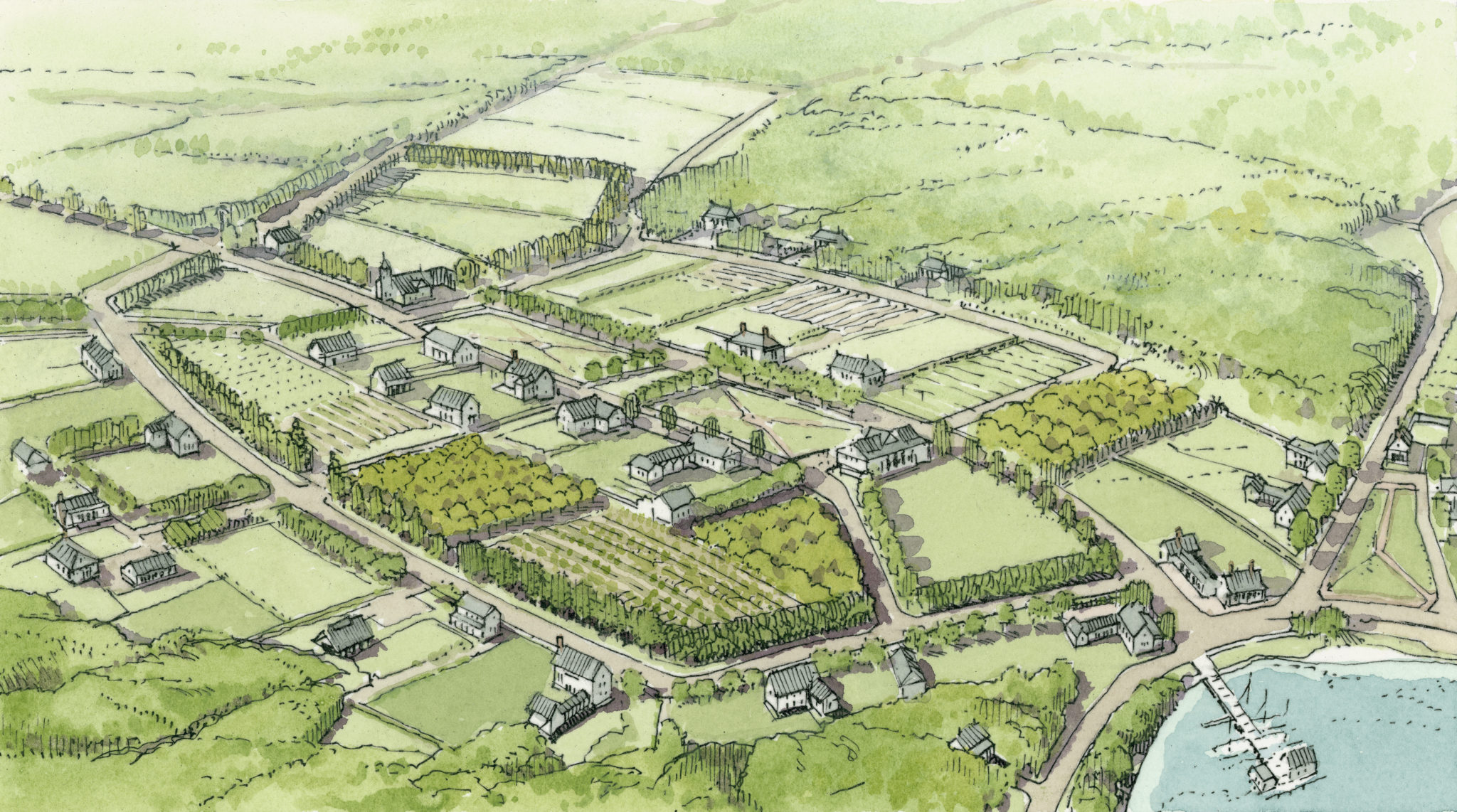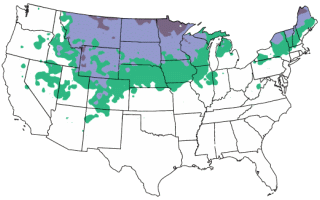
All such arterials are shown on the District Plan, Map 2 in Appendix A, which is hereby incorporated as an integral part of the provisions of this Chapter.įor the purposes of this Chapter, a "development" includes a development as defined in Section 12-10 (DEFINITIONS), the enlargement of a non- residential building, or the enlargement of a residential use that involves the addition of one or more dwelling units. The definitions of other defined terms are set forth in Section 12-10 (DEFINITIONS).Īn "arterial" is a street designated as an arterial in Section 107-25 (Special Regulations Along Certain Streets or Railroads) whose function is primarily the accommodation of through vehicular traffic and to which special provisions of this Chapter apply. (d) to promote the most desirable use of land in the South Richmond area and thus to conserve the value of land and buildings and thereby protect the City's tax revenues.ĭefinitions specially applicable in this Chapter are set forth in this Section. (c) to avoid destruction of irreplaceable natural and recreational resources such as lakes, ponds, watercourses, beaches and natural vegetation and to maintain the natural ecological balance of the area with minimum disruption of natural topography, trees, lakes and other natural features and (b) to promote balanced land use and development of future land uses and housing in the Special District area, including private and public improvements such as schools, transportation, water, sewers, drainage, utilities, open space and recreational facilities, on a schedule consistent with the City's Capital Improvement Plan and thereby provide public services and facilities in the most efficient and economic manner, and to ensure the availability of essential public services and facilities for new development within the area (a) to guide future development in accordance with the Land Use Plan for South Richmond and the Capital Improvement Plan for the Special District area These general goals include, among others, the following purposes:

Zoneomics has the largest breadth of zoning data coverage with over- 20 zoning related insights for you to integrate and expand your database.The "Special South Richmond Development District" established in this Resolution is designed to promote and protect public health, safety, general welfare and amenity. However, within a city’s zoning system individual zones can be more restrictive and less restrictive, including different single family zones. Zoning regulations are determined locally and some cities can have more restrictive regulation systems than others. Home values in the most restrictive metropolitan areas grew an average of 23.4%, more than double the home value appreciation in the least restrictive metros. Zillow Research found that home values grew most in markets with the strictest land use regulations.

Zillow has identified that zoning regulations are so important that they impact home values. Zoning is the first stage of the home life cycle and a key influence on all other stages. Essentially, it determines what can and cannot be built on a property. Zoning defines the legally permitted and prohibited uses of a piece of land, determining if plot of land can be used for commercial, industrial, residential or agricultural purposes. Zoning is how cities control the development and use of land.

cities, determining what can be built where and what activities can take place in a neighborhood. Zoning codes are a century old, and the lifeblood of all major U.S. RM-3 Single-Family and Multifamily Residential District RM-2 Single-Family and Multifamily Residential District RM-1 Single-Family and Multifamily Residential District

RM-1.5 Single-Family and Multifamily Residential District


 0 kommentar(er)
0 kommentar(er)
